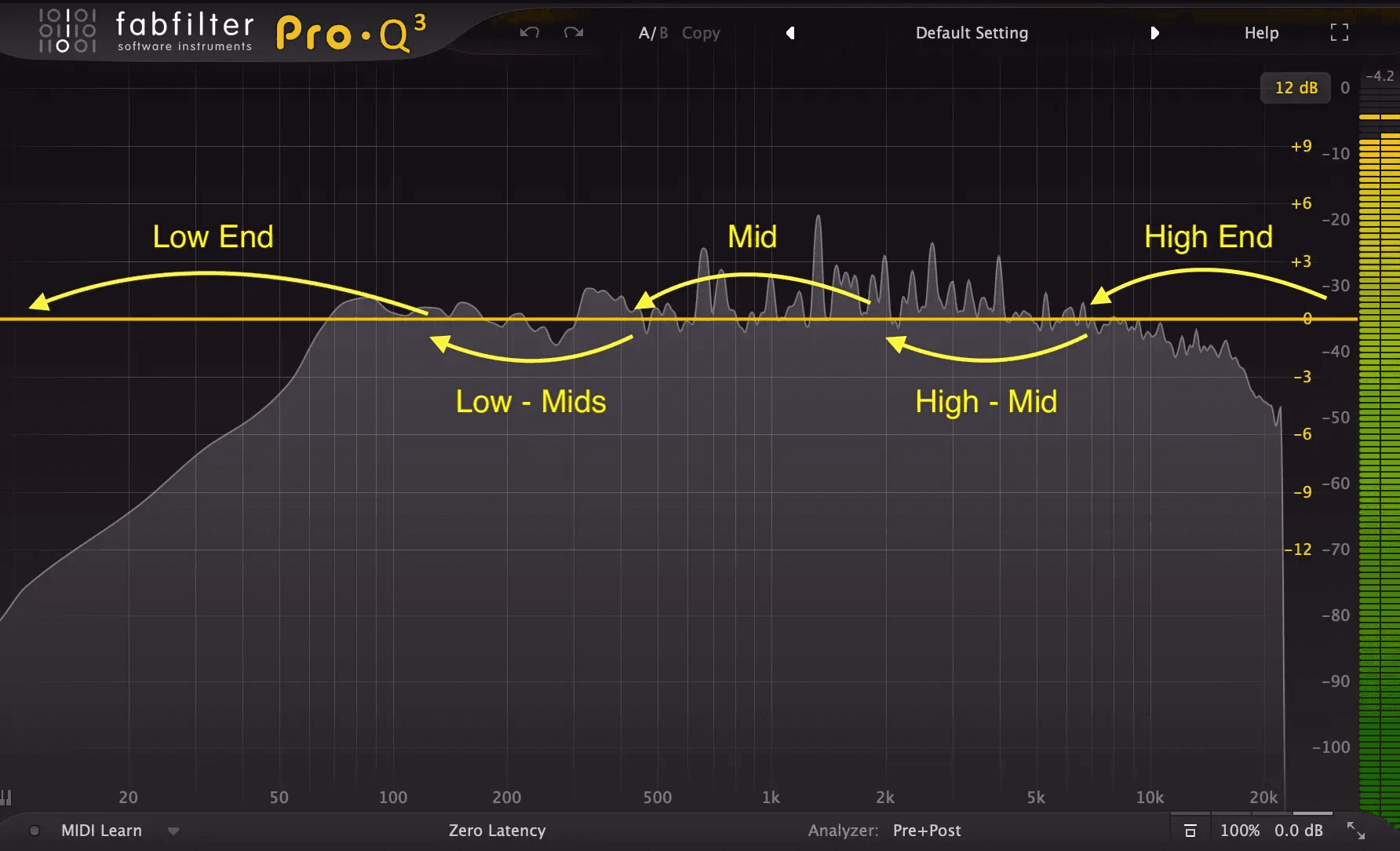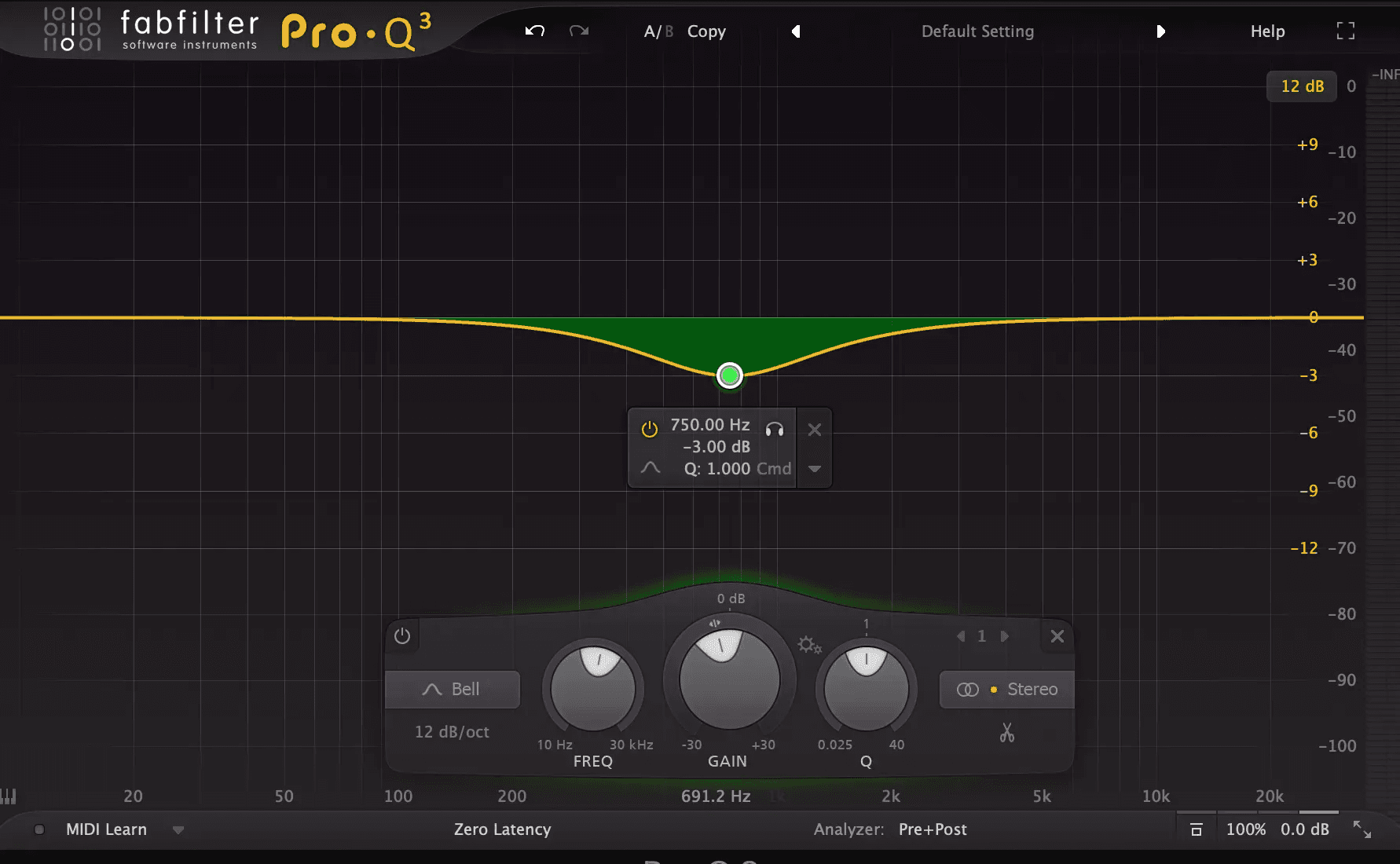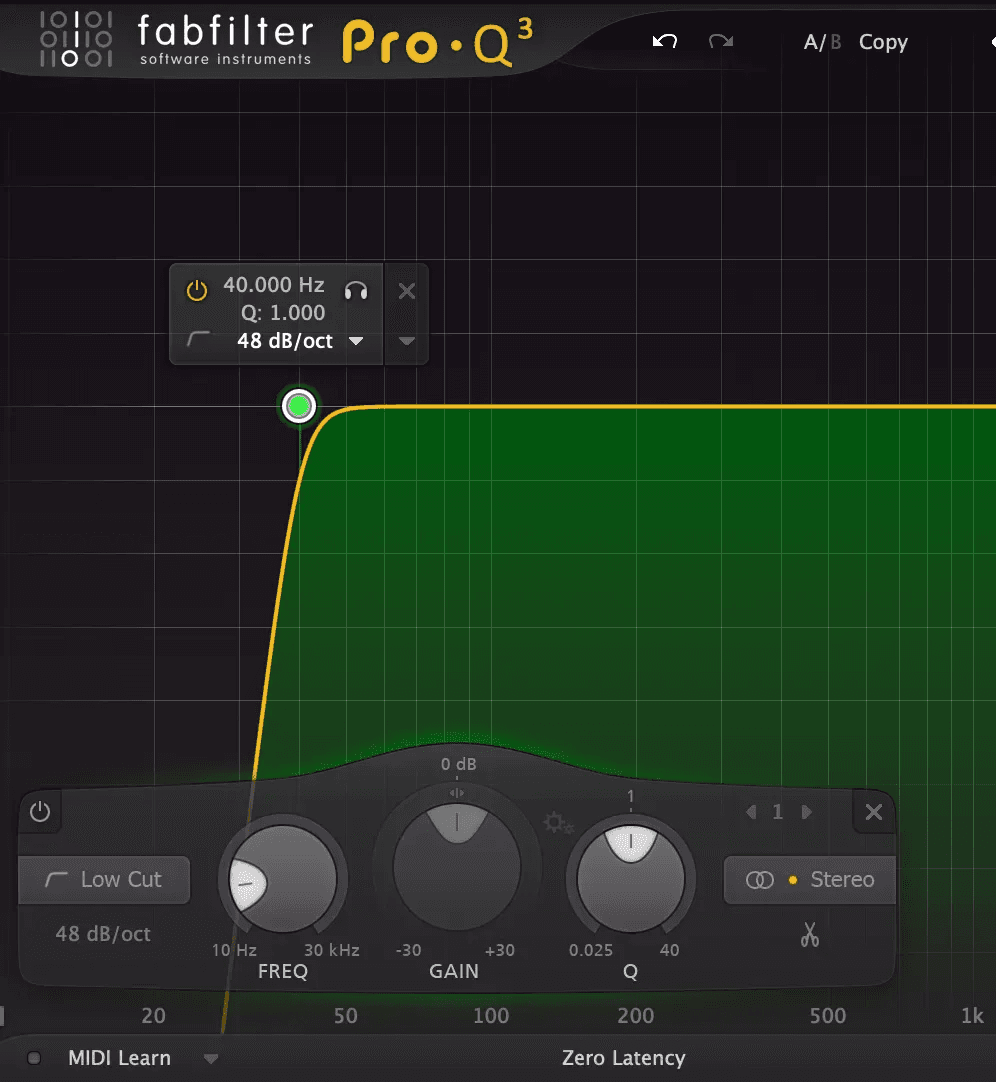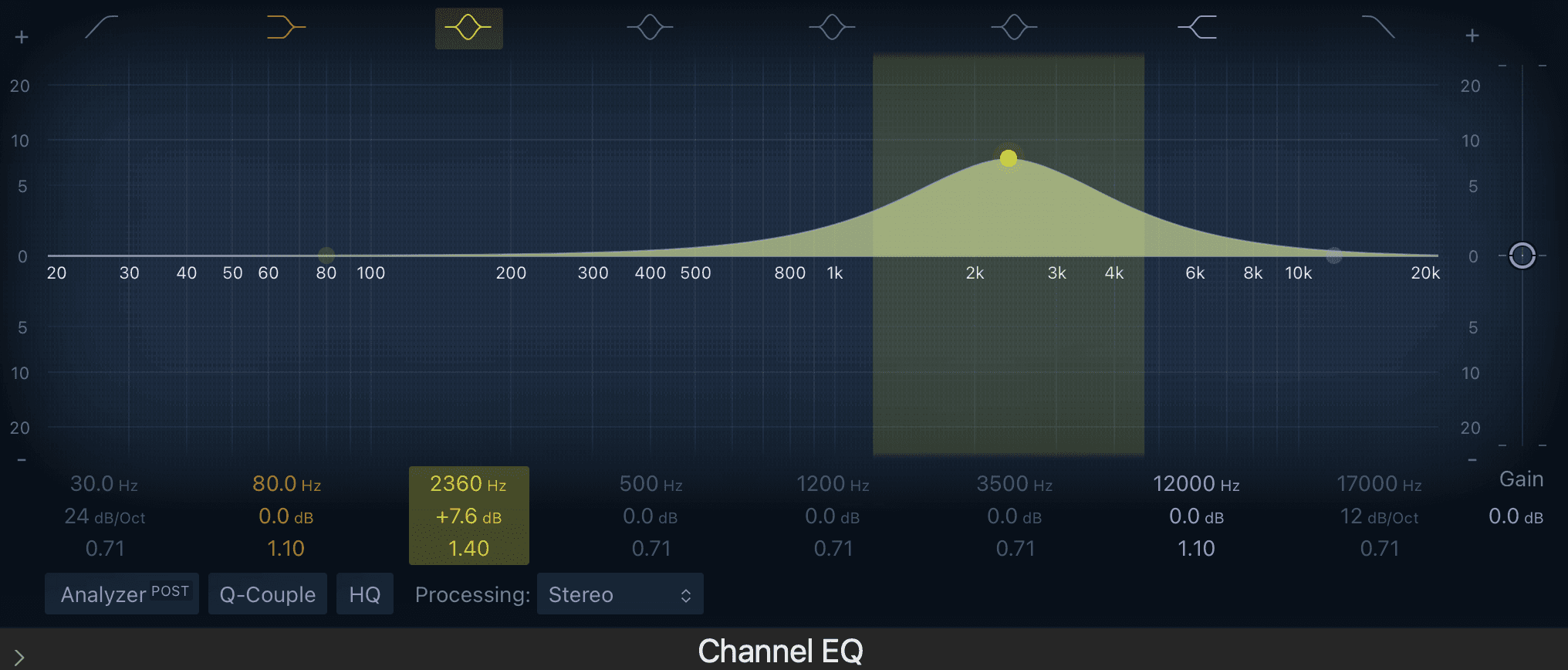What is EQ?
EQ, or equalization, is a tool that allows you to control the volume of specific frequency ranges. By adjusting certain frequency bands, you can increase or decrease the volume in those areas to balance the sound between different tracks.
If you need basic information about mixing, be sure to check out "Mixing 101: How to Mix a Song."
Understanding Frequency Ranges
Before diving into EQ usage, it's essential to understand the frequencies we are dealing with. Frequencies are measured in Hertz (Hz), which indicates how many times a sound wave vibrates per second. For example, a 200Hz frequency vibrates 200 times per second, producing a tone we can hear.
Humans can typically hear frequencies between 20Hz and 20kHz. Most EQ adjustments occur within this range.
Every instrument or voice has a unique frequency spectrum. For instance, a kick drum produces energy in the lower frequencies, while cymbals have more energy in the higher frequencies. Instruments like pianos and acoustic guitars cover a broad range, while vocals also span a wide spectrum.
A Closer Look at EQ Ranges
So, which sounds should stand out in each frequency range? Let’s break down the five main EQ ranges:

Low End (below 125Hz): This is where low-frequency instruments like kick drums, bass, and tubas live. Sometimes, this range might not be easily audible depending on speaker quality. In large venues or clubs, the low-end is what causes the floor and your body to vibrate. Be cautious as low frequencies can easily mask other sounds.
Low-Mids (125Hz-500Hz): The main frequencies of low-end instruments are found here. Too much energy in this range can make the sound muddy, while too little can cause the mix to lack power.
Mid-Range (500Hz-2kHz): Most instruments, such as vocals, snare drums, guitars, pianos, and horns, dominate this range. Since this is a busy range, it’s important to control the levels to avoid overcrowding.
High-Mids (2kHz-8kHz): This range captures higher harmonics, like vocal breaths and cymbals, as well as the snap of kick drums and the pluck of acoustic guitars. Due to how our ears work, this range tends to sound louder, so it needs careful management to avoid making everything sound too close.
High-End (above 8kHz): This is where the "air" and "sizzle" of the sound reside. Overloading this range can make the mix sound thin and cause ear fatigue, while too little energy here can make the sound dull.
When to Use EQ in Your Mix
EQ is primarily used to help tracks blend well in a mix. For example, you might reduce the low frequencies in a bass guitar to let the kick drum stand out or cut the midrange of an electric guitar to avoid overcrowding the vocals. EQ can also boost specific frequencies to enhance the punch of a snare drum or the brightness of a vocal.
The key is to use EQ in a way that maintains the overall balance of the mix, rather than focusing solely on individual sounds.
How to Use EQ
An EQ "band" refers to a specific frequency range with its own controls. Most EQs have multiple bands, typically including low and high-frequency bands, and sometimes additional bands for fine-tuning.
A parametric EQ allows precise control over multiple bands, with each band having controls for frequency, gain, and Q (or bandwidth). Let's break down these terms:
Frequency: The central frequency of the band being adjusted. In the example below, it's set to 750Hz.
Gain: The amount of boost or cut in decibels (dB). In the example, the gain is set to -3dB.
Q (Bandwidth): The width of the frequency range affected. A higher Q value narrows the range, while a lower Q value widens it. In the example, the Q value is 1.0.

EQ reducing 700Hz by -3dB.
Low/High-Pass Filters
Low-pass filters cut all frequencies above a specific point, while high-pass filters cut all frequencies below a certain point. The slope of the filter can be adjusted based on how gradually or steeply the cut occurs. A 6dB per octave filter will cut less aggressively than a 48dB per octave filter.

Low-pass filter at 40Hz with a 48dB slope.
Low/High Shelving EQ
Shelving EQs work similarly to filters but affect frequencies above or below a set point more gradually. Low shelving boosts or cuts all frequencies below a certain point, while high shelving does the same for frequencies above. As the Q value increases, the effect becomes smoother, while a lower Q results in a more aggressive slope.

boosting 8.5dB at 63Hz with a low shelf
Conclusion: Why EQ Matters
In conclusion, EQ is an essential tool for shaping the sound of your mix by controlling the balance of frequencies. By understanding how different frequency ranges affect each instrument and voice, you can create clarity and cohesion in your tracks. Whether you're cutting unwanted frequencies or boosting the elements you want to stand out, using EQ effectively will bring out the best in your music. Ultimately, the key is to listen carefully and make adjustments that enhance the overall harmony of the mix.
For more EQ mixing tips, be sure to check out "Essential EQ Mixing Tips You Can Try Today for Better Sound."



